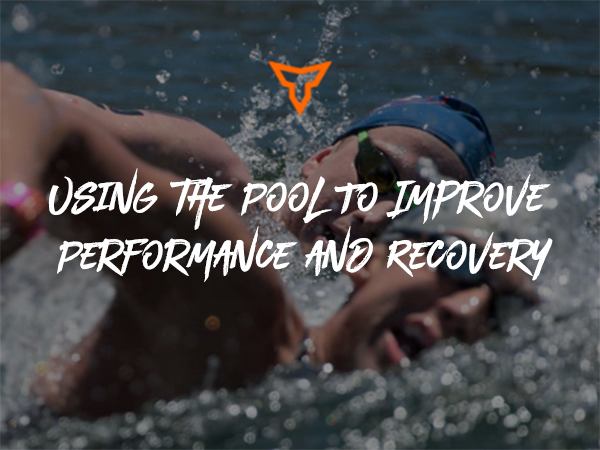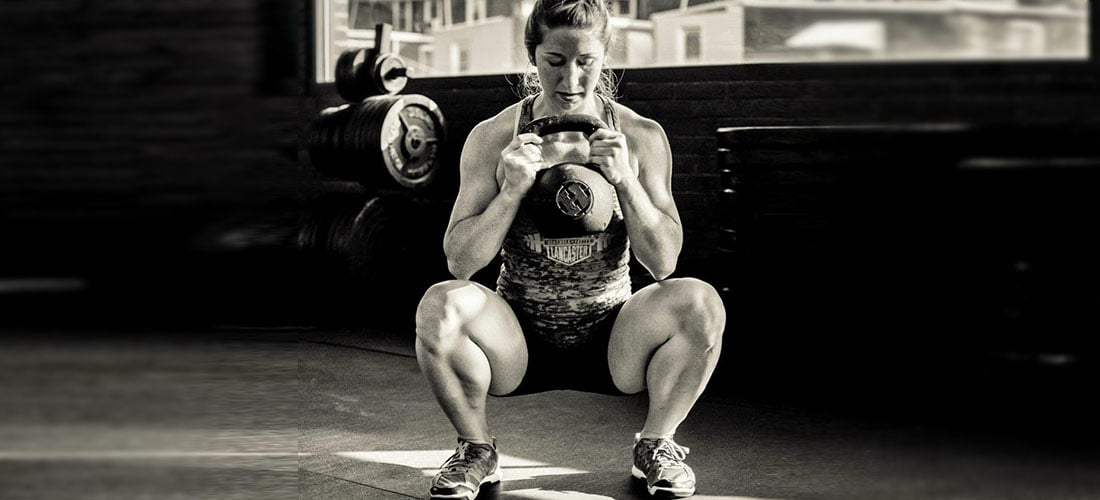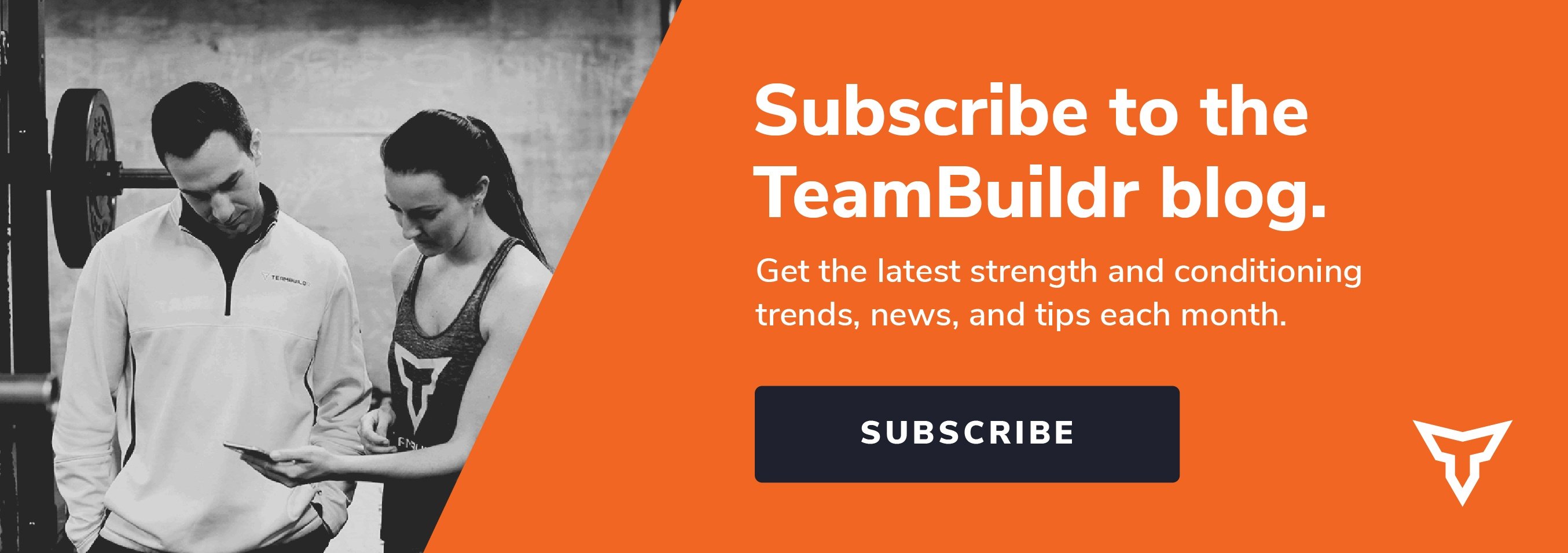The 4 Non-Secret Pillars of Athletic Performance
If you’ve been in the strength and conditioning game for any length of time then this article will not be anything groundbreaking.
These four pillars of athletic performance are the foundation for all physiological adaptation if optimization is the desired outcome for any trainee.
However, I would be willing to bet that many individuals miss the boat on at least one of these pillars of athletic performance, especially in the high school sector. Focusing on power cleans, depth jumps, and triple extension is great for your track athletes but does any of that even matter if they’re only sleeping 4 hours per night? I would argue "no."
Fundamentals first and foremost.
"Can I jump over two or three guys like I used to? No. Am I as fast as I used to be? No, but I still have the fundamentals and smarts. That's what enables me to still be a dominant player. As a kid growing up, I never skipped steps. I always worked on fundamentals because I know athleticism is fleeting."- Kobe Bryant (Tweet this)
Nutrition
Most high school athletes are likely nutrient deficient to some extent. Heck, most adults aren’t consuming two servings of fatty fish per week along with 7-10 daily servings of fruit and vegetables. So, are we really going to assume that high school athletes are well-nourished given their incessant diet of Pop-Tarts, Skittles, and Little Debbie Cakes?
It’s time to ask the tough questions, this is much deeper than macronutrients, meal frequency, and Blender bottles. Here’s a few suggestions which will get you started on the right path:
- Do you consume a wide variety of minimally processed whole foods?
- Are you consuming red meat, eggs, and fatty fish throughout the course of any given week?
- Do you consume at least 5-7 servings (adapted for youth athletes) of fresh fruit and vegetables daily?
- Do you consume foods rich in potassium and lightly salt your meals (if eating bland foods)?
- Do you have a general idea on your protein intake and how many calories you consume daily?
Mindset
Building “monsters” doesn’t begin in the weight room, it begins when you start to influence what’s in-between their ears. Physiology may dictate what happens on the field but psychological changes stay with an athlete long after the scores have been written in the record books.
If you want to determine an athlete’s current psychological state, here are a few questions you might want to ask (internally at least):
- Do you approach set backs are challenges which are designed to make you stronger or are you typically discouraged by trials and hardships?
- Do you use visualization to mentally rehearse challenging situations, behaviors, or personnel?
- Do you find yourself resorting to an internal or external locus of control under stressful situations?
- Do you feel out of control and helpless when things don’t go according to plan?
Movement
Notice I said "movement" and not "exercise." We need to stop thinking about movement as a solitary activity confined to just strength training sessions. Movement occurs along a wide continuum and we must respect the idea of individualization within functional anatomy.
Assessment determines capacity, not the other way around.
Our industry is plagued with the concept of dichotomy. We incorrectly assume that physiology, biomechanics, and anatomy are largely black and white. All of the individual differences present within a heterogeneous population can be summed up on the pages of a textbook.
For example, the back squat is common ground for disagreement. But, if you’ve spent any time inside a cadaver lab, you would quickly notice the large differences in the bony structures of each specimens hip, knee, and ankles. If you want to see a visual representation of this, consider the following article from Dr. Ryan DeBell which sums up the idea nicely.
- Do you utilize movement variations which systematically load tissue in a graded and progressive manner to allow for proper execution?
- Do you train in multiple planes of motion and avoid common movement misconceptions (e.g. sagittal dominance)?
- Do you utilize specificity within your program design? Not only from a biomechanical perspective but also from an energy system, force production, and sport specific perspective?
- Do you train at both ends of the force-velocity curve?
Recovery
Welcome to the world of NormaTec, far infrared sleepwear (ala the folks at UnderArmour – p.s. good luck with your $100 pajamas), pulse oximeters, and Omegawave algorithms. This is the forefront of physiological adaptation. If you want to figure out how to make the biggest difference in an athlete’s health and wellness, teach them what constitutes recovery and how to enhance it.
As a society, we are excellent at riding the sympathy roller coaster, but it seems we never know when to get off. Incessant push notifications, lack of social connection, poor sleep hygiene, and altered circadian rhythms will all dampen an athlete’s ability to handle high workloads and the subsequent adaptations.
- Are you sleeping a minimum of 8 hours per night??
- Do you routinely go to bed before 11pm?
- How often do you get outside and see the sun?
- When was the last time you took a vacation?
- How often are you getting bloodwork and what specific markers are they examining to assess your health and wellness?
Everyone sleeps but not everyone is well-rested. Everyone trains but not everyone is recovered. Everyone eats but not everyone is well-nourished. Everyone lives but how many truly thrive?
Dig deep, your athletes deserve it.
Read More
- 3 Mental Strength Tips for a Great Training Session
- Let's Talk about Stress, Recovery, and Performance
Subscribe to our blog
Subscribe to receive the latest blog posts to your inbox every week.
Related posts

Using the Pool To Improve Athletic Performance and Recovery

Hyperthermia Benefits: Hypertrophy and Heat Acclimation

